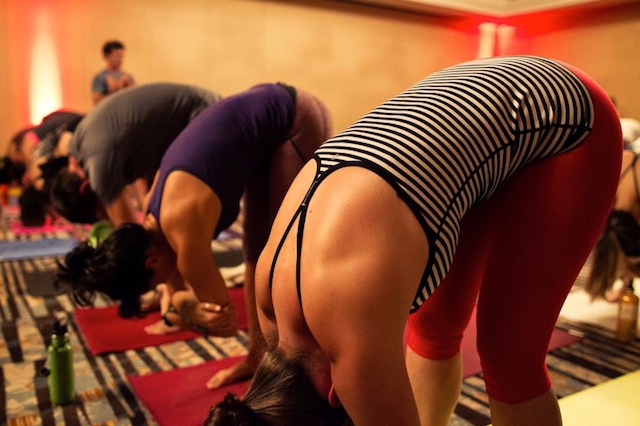
Physical health is a blend of many components, but two elements, strength and flexibility, stand out as crucial, especially for athletes. In the realm of competitive sports, optimal physical condition is the ultimate goal, and that often translates to peak performance. Too often, athletes focus on building strength, while neglecting flexibility, or vice versa. To achieve a harmonious balance between these two, one needs to understand the intricacies of both and how they contribute to overall athletic performance.
This guide delves into how to balance strength and flexibility through physical therapy tailored for athletes.
1. Embracing Comprehensive Assessment
Before embarking on any physical therapy program, it’s vital to get an in-depth assessment of one’s physical condition. The goal is to identify areas of weakness, tightness, or imbalance. A physical therapy clinic is often equipped with the tools and professionals trained to perform these evaluations.
With the results, a tailored therapy program can be created to address specific needs, ensuring that the athlete gets both strength training and flexibility exercises in the right proportion.
2. The Power Of Dynamic Stretching
Traditional static stretches are essential, but for athletes, dynamic stretching can be a game-changer. These stretches incorporate movement, which not only helps improve flexibility but also mimics the motions an athlete would typically make during their sport. Examples include leg swings, arm circles, and walking lunges.
By incorporating dynamic stretches into a warm-up routine, athletes prepare their muscles for activity, improving flexibility and reducing the risk of injury.
3. Strength Training With A Twist
When people think of strength training, they often picture heavy weights and intense resistance exercises.
However, for athletes, it’s beneficial to incorporate functional strength training. This form of training focuses on exercises that imitate sports-related movements, building strength in ways that are directly applicable to the athlete’s performance. Physical therapists can guide athletes through exercises that enhance strength while ensuring that flexibility is not compromised.
4. Incorporating Proprioceptive Training
Proprioception, or the body’s ability to sense its position in space, is essential for athletes. Enhancing proprioceptive abilities can lead to improved balance, coordination, and reaction times. Balance exercises, such as standing on one leg or using a wobble board, not only increase strength in stabilizing muscles but also enhance flexibility as muscles adjust to maintain balance.
5. Deep Tissue Massages And Foam Rolling
Muscle tightness and knots can be detrimental to both strength and flexibility. Deep tissue massages help to break down these knots, improving circulation and flexibility. For athletes who can’t always access a massage therapist, foam rolling is an excellent alternative.
By using a foam roller to apply pressure to tight areas, athletes can release muscle knots, increase blood flow, and improve both strength and flexibility.
6. Prioritizing Recovery And Rest
Athletes often have the mentality of “more is better” when it comes to training. However, rest is just as crucial. Overtraining can lead to decreased strength and reduced flexibility. Moreover, without adequate rest, the risk of injury increases significantly. During rest periods, the muscles repair and grow, leading to enhanced strength.
Flexibility is also improved as the muscles are given time to relax and lengthen after intensive workouts. Incorporating active recovery techniques, such as light yoga or swimming, can further assist in maintaining a balance between strength and flexibility.
Conclusion
For athletes, peak performance hinges on a myriad of factors, but the interplay between strength and flexibility stands out as particularly paramount. By ensuring a harmonious balance between these two components, athletes not only enhance their performance but also reduce the risk of injuries. This balance is achieved through comprehensive assessment, tailored physical therapy sessions, and an integrated approach to training that includes strength, flexibility, proprioception, and recovery.
Remember, it’s not just about being the strongest or the most flexible—it’s about being the most balanced. Whether you’re a budding amateur or a seasoned pro, focusing on this balance will undoubtedly be a game-changer in your athletic journey.






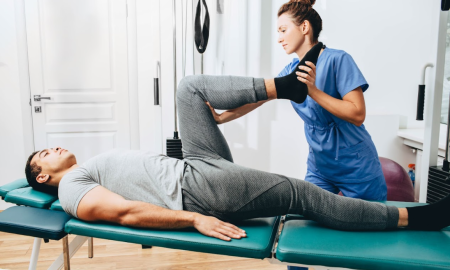


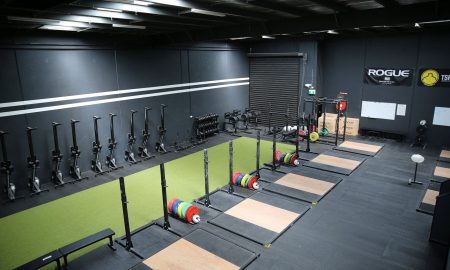


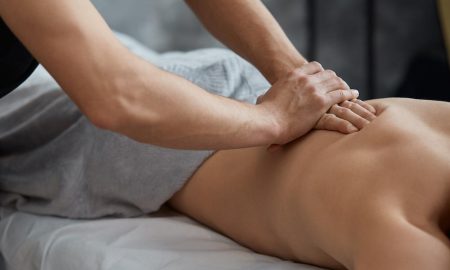
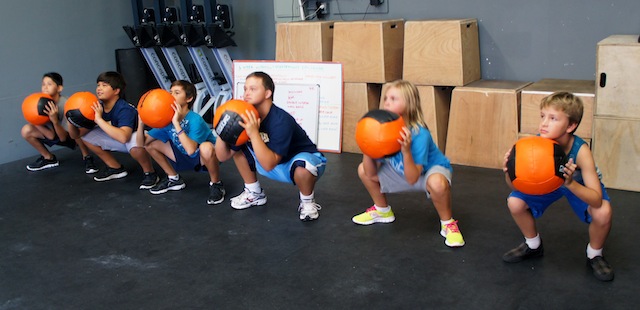
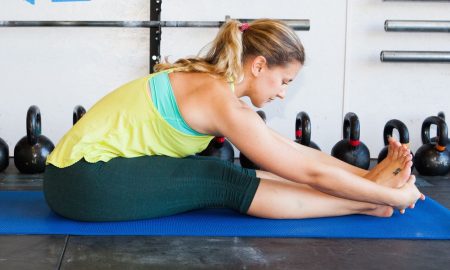
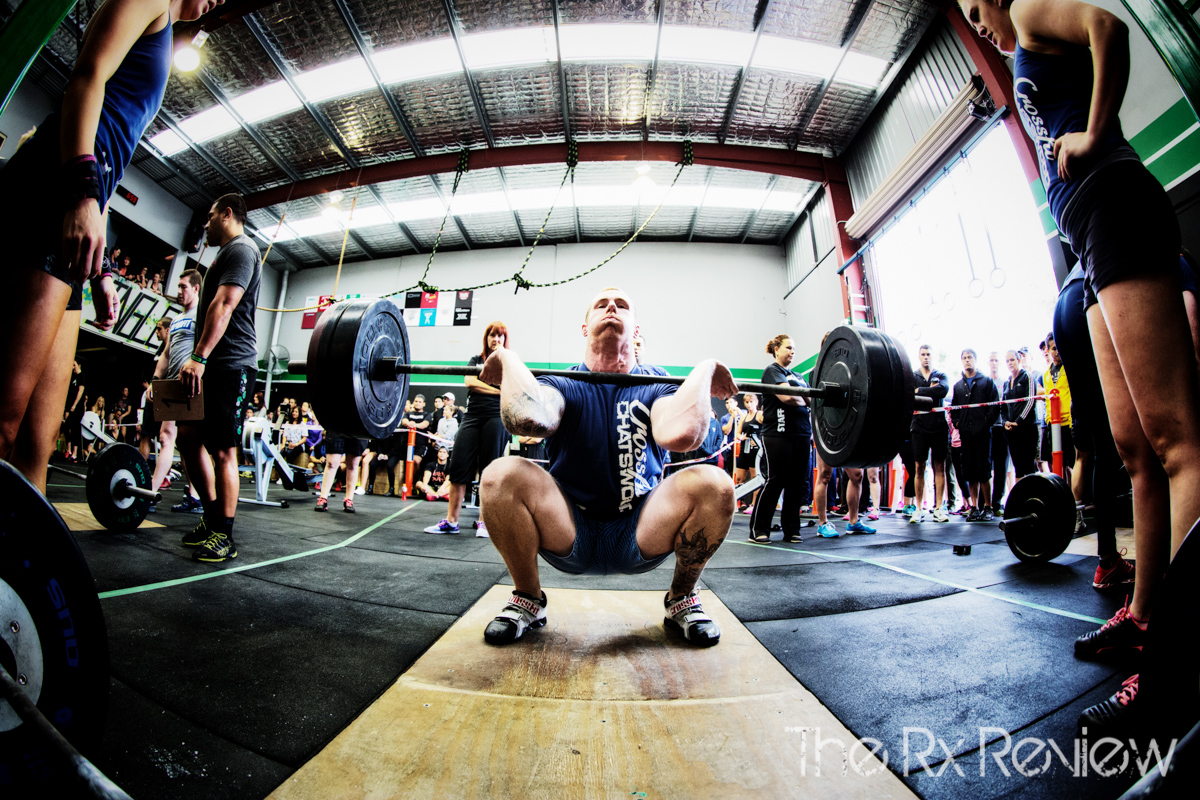


Follow Us